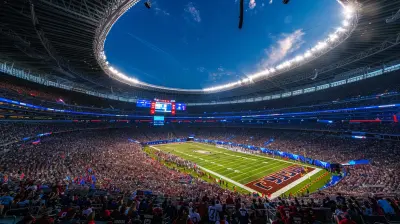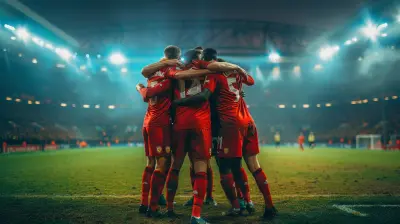The Role of Stadiums in Local Economies and Communities
15 June 2025
When you think of stadiums, what comes to mind first? Roaring fans? Jaw-dropping sporting moments? Maybe overpriced popcorn and never-ending bathroom lines? Well, beyond the thrill of game day and the smell of fresh grass on the field, there's a deeper play happening—one that impacts entire cities and neighborhoods.
Stadiums are more than just massive structures parked in the middle of urban sprawls. They can be economic engines. They can shape culture. They can even bring communities together like nothing else can.
But how do they really influence local economies and communities? Is it all hype, or is there real value behind the price tags?
Let’s grab a seat and dive in.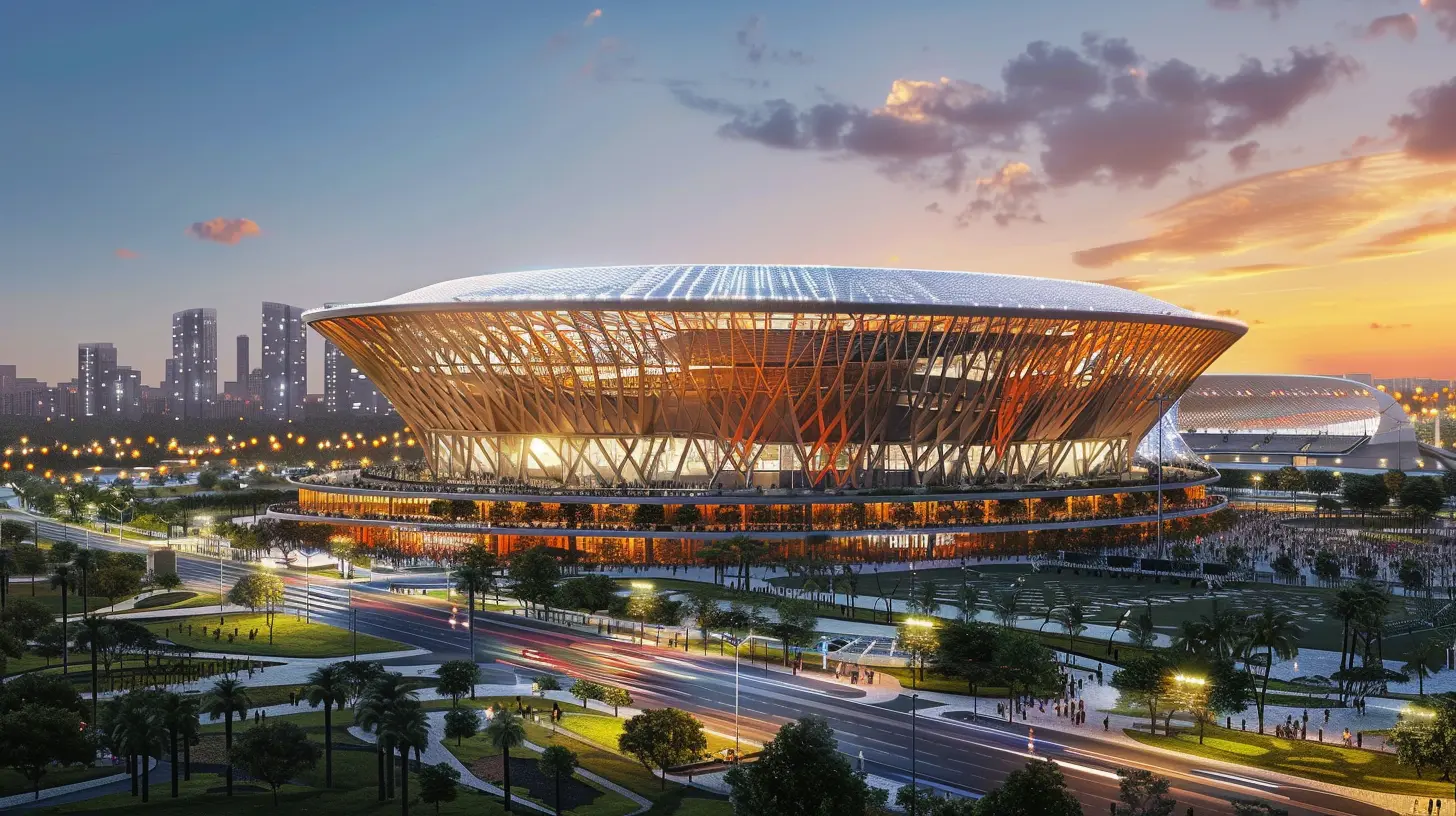
Table of Contents
- The Stadium Boom: Bigger, Bolder, Pricier- Stadiums as Economic Catalysts
- The Ripple Effect: Jobs, Tourism, and Local Business
- Community Identity and Social Glue
- Can Stadiums Really Revitalize Neighborhoods?
- The Other Side of the Coin: Cost, Controversy, and Gentrification
- Smaller Towns, Bigger Impact
- The Future of Stadium Development
- Final Thoughts
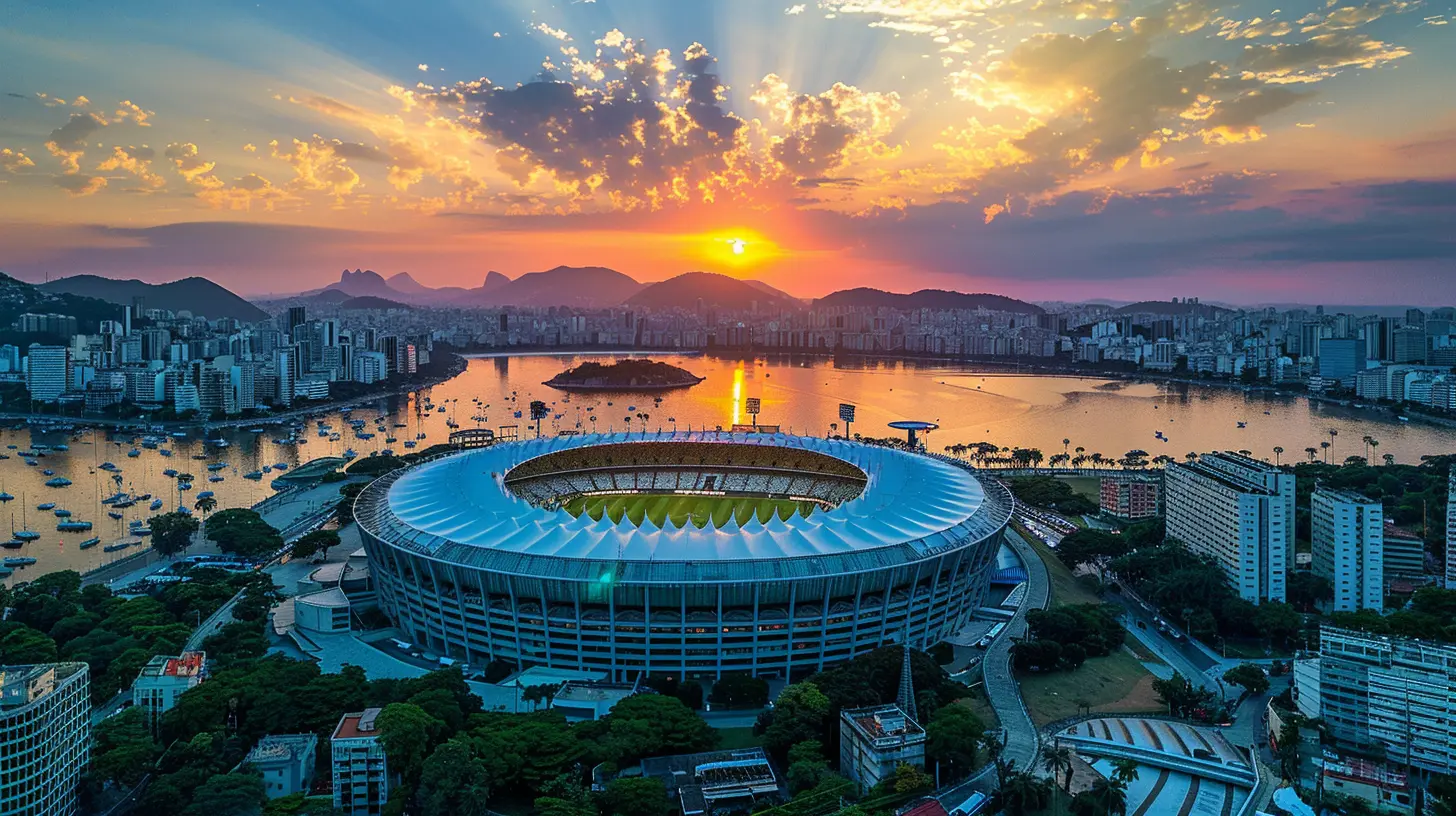
The Stadium Boom: Bigger, Bolder, Pricier
Over the past few decades, we’ve seen a crazy trend across the globe: cities investing billions into state-of-the-art stadiums. We're not talking about your dad’s old ballpark anymore.LED-laced exteriors, retractable roofs, luxury suites, and even in-stadium apps that let you order nachos to your seat—all these features show how stadiums are no longer just about the game. They're entertainment hubs. They're brand statements. And yes, they come with eye-watering price tags.
So, the question is, why do cities keep building them?
Simple: they’re betting big on benefits that’ll pay off in the long run.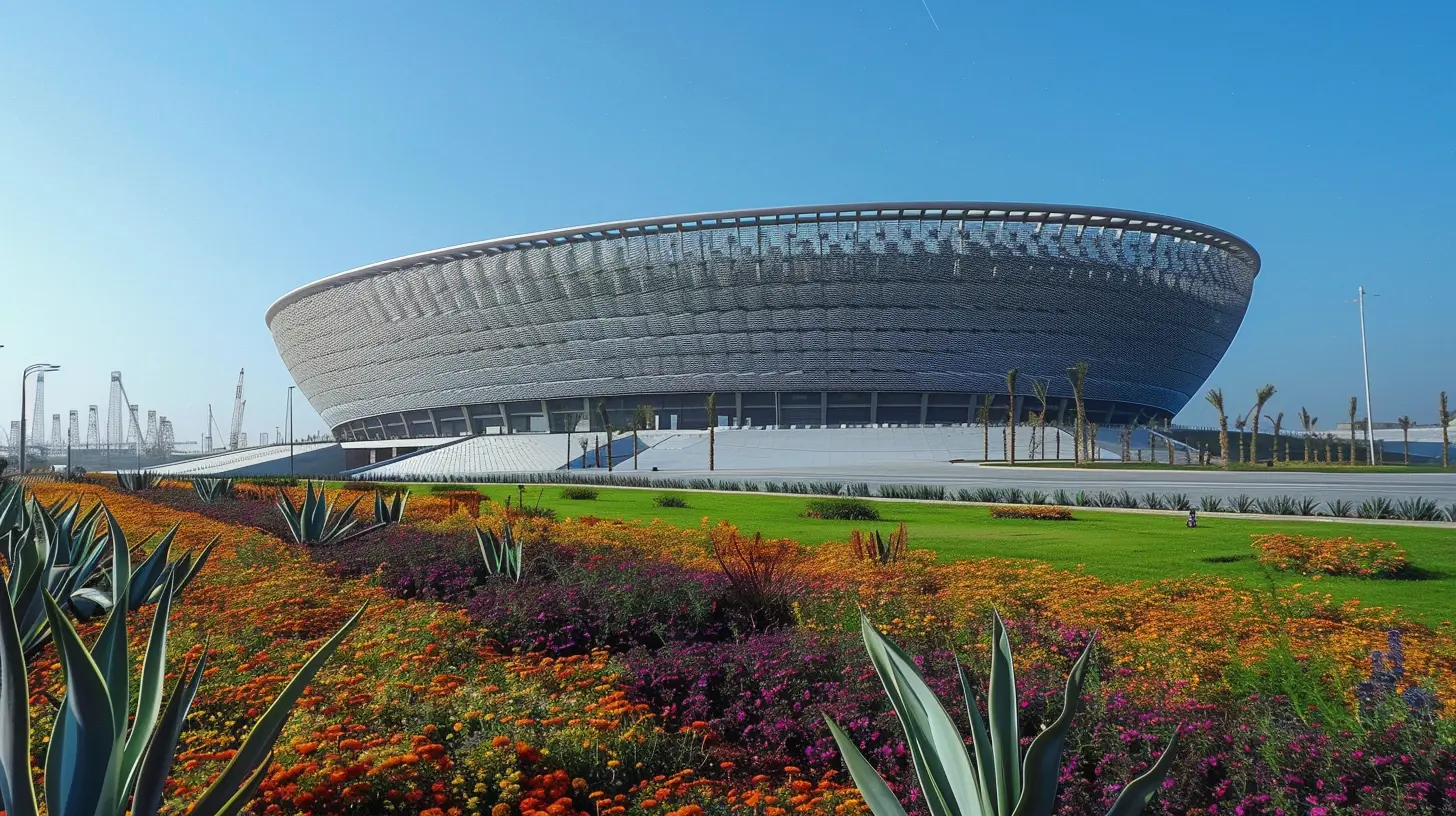
Stadiums as Economic Catalysts
Let’s unpack that fancy phrase—economic catalyst. Basically, it's something that sparks financial activity. Picture dropping a pebble in a pond. The stadium is the pebble. The ripples? That’s the local economy reacting—more people, more spending, more jobs.New stadiums often come with promises of increased revenue, fresh jobs, and a boost in tourism. Cities hope that hosting big games or epic performances will bring in a steady stream of out-of-town visitors, and those visitors will need places to stay, eat, and shop.
But it’s not just about tourists. Locals flock to these arenas too. That creates recurring, year-round opportunities for nearby businesses.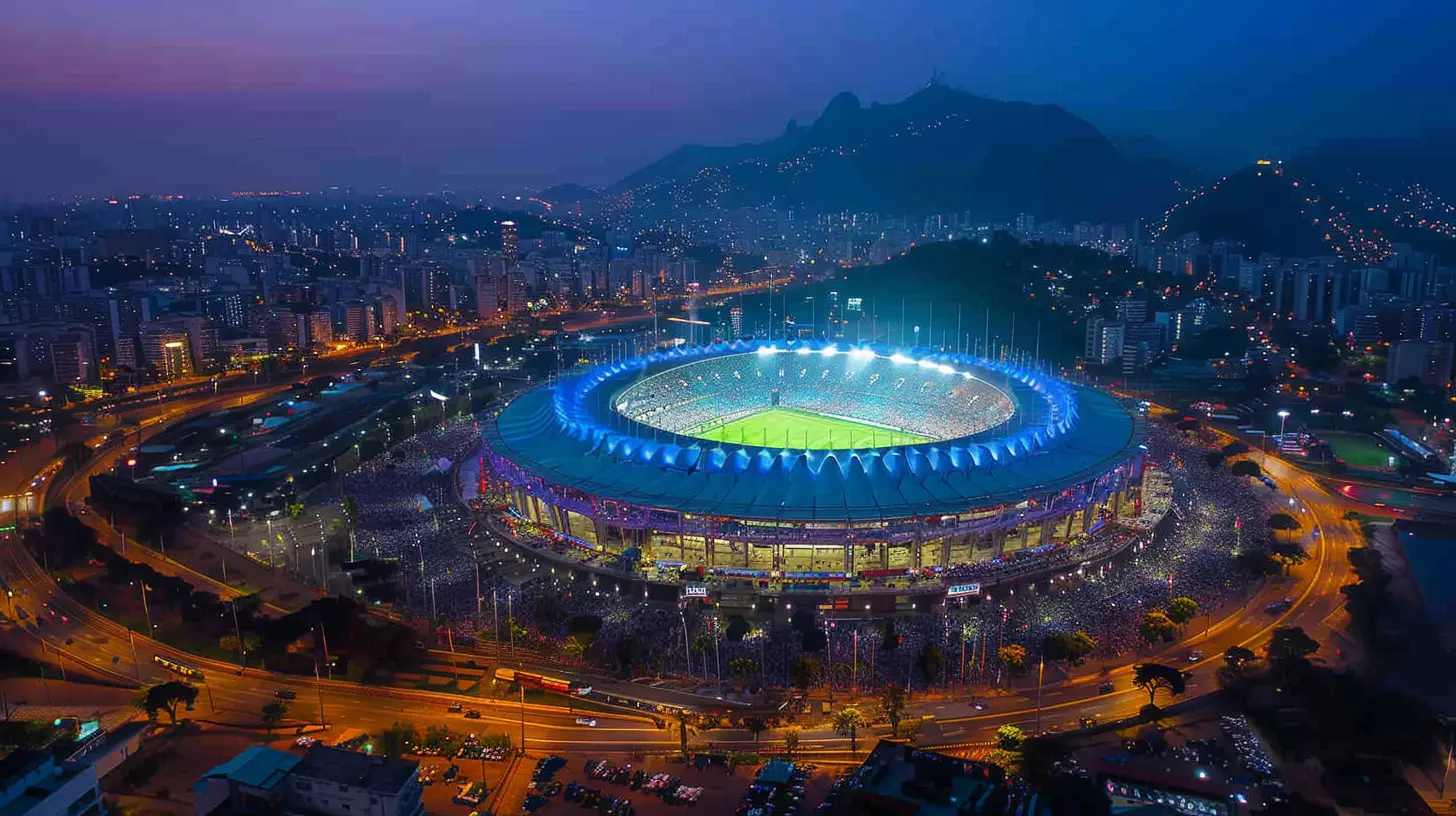
The Ripple Effect: Jobs, Tourism, and Local Business
Alright, here’s where things get interesting—and a bit debatable. Supporters of stadium projects often tout job creation as a major win. And there’s some truth to that.Jobs, Jobs, Jobs (But What Kind?)
Stadium construction alone can create hundreds, sometimes thousands, of short-term jobs. Think architects, engineers, construction crews, safety officers—the list goes on.Once it’s open? Now you’ve got security positions, ticketing agents, maintenance crews, vendors, bartenders, ushers, and more.
The catch? Most of these jobs are part-time or seasonal. Still, for students, retirees, or folks looking for side gigs, they’re nothing to sneer at.
Boosting Local Business
Game day means foot traffic—and lots of it. Local bars, restaurants, parking lots, and shops often see a spike in activity before and after events. Some businesses even strategically pop up or rebrand around a stadium’s opening.If you’ve ever walked outside a stadium after a big win, you’ve probably seen the mob of fans celebrating at the nearest diner or pub. Multiply that over an 80-game season, and you’ve got legit cash flowing into the neighborhood.
Tourism and “Event-ification”
When a city hosts marquee events like the Super Bowl, FIFA matches, or the Olympics, a new stadium can be the crown jewel. These events bring in tourists who spend money on hotels, transportation, food, and retail.Even outside of sports, stadiums double as concert and festival venues. That’s year-round economic activity for the city.
Community Identity and Social Glue
Now let’s shift gears a bit. Economy aside—what do stadiums do for our sense of community?Stadiums can be emotional landmarks. Think of them as modern-day coliseums—places where people come together to cheer, cry, chant, and experience collective joy (or heartbreak, if your team chokes). These moments build memories. They foster pride.
For many cities, a stadium becomes the heart of local identity. It’s where history is made and legacies are born. People wear the team’s logo like a badge of honor, and the stadium becomes a symbol of unity. In divided neighborhoods or cities with economic struggles, that sense of togetherness can be priceless.
Can Stadiums Really Revitalize Neighborhoods?
There’s no denying this: many stadiums are intentionally built in underdeveloped or transitioning areas.The hope? That the stadium acts like a magnet—pulling in development, investment, and modernization.
And sometimes, it works. Look at districts like L.A. Live in Los Angeles or The Battery Atlanta near Truist Park. These areas transformed from afterthoughts to bustling hubs full of shops, condos, restaurants, and nightlife—all orbiting around a stadium.
Add in improved public transportation and green spaces, and you’ve got a full-on neighborhood rebrand.
The Other Side of the Coin: Cost, Controversy, and Gentrification
Now, let’s pump the brakes for a second.For every success story, there’s a cautionary tale. Stadiums aren’t magical money fountains, and in some cases, they don’t deliver the promised economic boost. In fact, they can even make things worse.
The Public Funding Dilemma
One major criticism? Taxpayer dollars. Many stadiums are funded through public subsidies under the promise of future economic returns. However, critics argue that this money could be better spent on schools, infrastructure, or healthcare.When cities go into debt to build a stadium, and that stadium doesn’t generate enough return, residents are left footing the bill.
Gentrification Woes
Stadium-induced redevelopment can bring sleek condos, artisan cafes, and yoga studios—but at what cost?Long-time residents may find themselves priced out of their own neighborhoods. Rent goes up, cost of living skyrockets, and the community fabric starts to unravel.
So while the skyline may shine with a new arena, the local vibe might take a hit.
Smaller Towns, Bigger Impact
Here’s something people don’t talk about enough: the impact of stadiums in smaller towns or mid-sized cities.In these places, a stadium plays an even bigger role. It might be the only large-scale gathering spot in town, and it often becomes a centerpiece for community events beyond just sports. Think job fairs, high school championships, charity runs—you name it.
Smaller towns also tend to feel economic winds more intensely, so even a modest increase in business can create a noticeable uplift.
The Future of Stadium Development
So, what’s next?We’re seeing a shift in how stadiums are being planned and built. No longer are they just single-purpose venues plopped in a random spot. Developers are now thinking broader—mixed-use districts packed with retail, restaurants, hotels, office space, and residential units.
They’re going green too. Sustainability is becoming a major talking point. From solar panels to water recycling and zero-waste initiatives, new stadiums are striving to be as eco-friendly as possible.
Tech is another big game-changer. Future stadiums are being wired for 5G, virtual reality, and data-driven experiences. The goal? Make visiting a stadium more immersive, interactive, and convenient than ever before.
There’s also a bigger push for community involvement. Cities are demanding more benefits in return for public investments—like affordable housing developments, local job hiring quotas, and community access to stadium spaces.
Final Thoughts
So, are stadiums a slam dunk or a risky Hail Mary?The truth is, there’s no one-size-fits-all answer. Some stadiums have become vibrant economic and cultural magnets. Others have turned into costly monuments of unfulfilled promises.
But here’s what we do know: stadiums hold the power to bring people together, energize cities, and inspire generations. Whether they’re worth the price tag depends on how they’re planned, built, and integrated into the community.
Like any major investment, it’s all in the execution. When done right, a stadium isn't just a place to watch a game—it becomes part of a city’s soul.
all images in this post were generated using AI tools
Category:
StadiumsAuthor:

Umberto Flores
Discussion
rate this article
3 comments
Lillian Kelly
This article effectively highlights how stadiums can boost local economies through job creation and increased tourism. It's vital to recognize their role not just as venues for sports, but as community hubs fostering local engagement.
June 18, 2025 at 11:21 AM

Umberto Flores
Thank you for your insightful comment! I'm glad you found the article emphasizes the multifaceted benefits of stadiums beyond just sports. Their impact on local economies and community engagement is indeed significant.
Eliza Kim
Stadiums are more than mere venues; they symbolize community pride and economic opportunity. Their impact extends beyond sports, fostering local identity and driving growth, yet we must balance profit with inclusivity to truly benefit all.
June 17, 2025 at 4:55 AM

Umberto Flores
Thank you for highlighting the multifaceted role of stadiums! They indeed serve as crucial hubs for community identity and economic growth while emphasizing the need for inclusive practices.
Anna Lamb
Stadiums can boost local economies, create jobs, and foster community pride, but their benefits often come with trade-offs.
June 16, 2025 at 4:41 AM

Umberto Flores
Thank you for your insightful comment! You're absolutely right—while stadiums can drive economic growth and enhance community spirit, it's essential to weigh these benefits against potential drawbacks.


